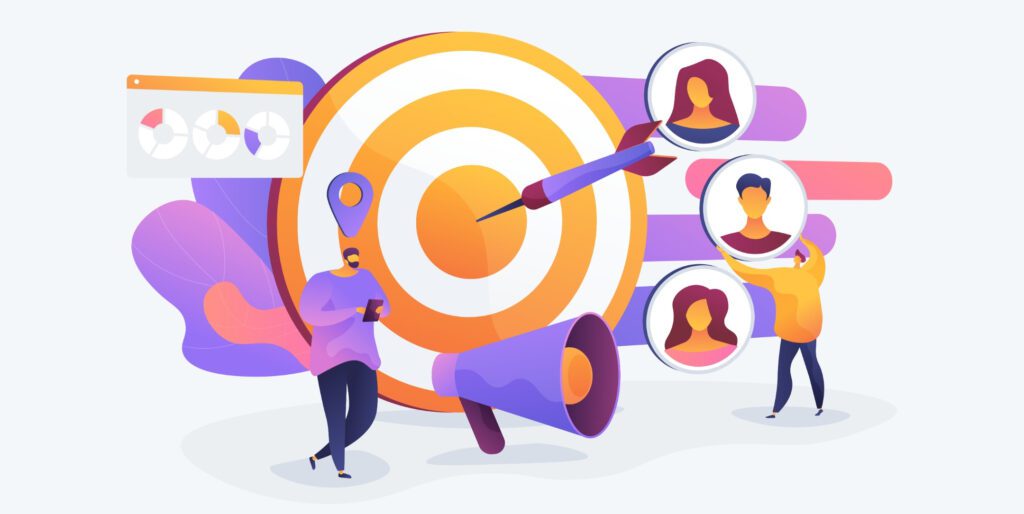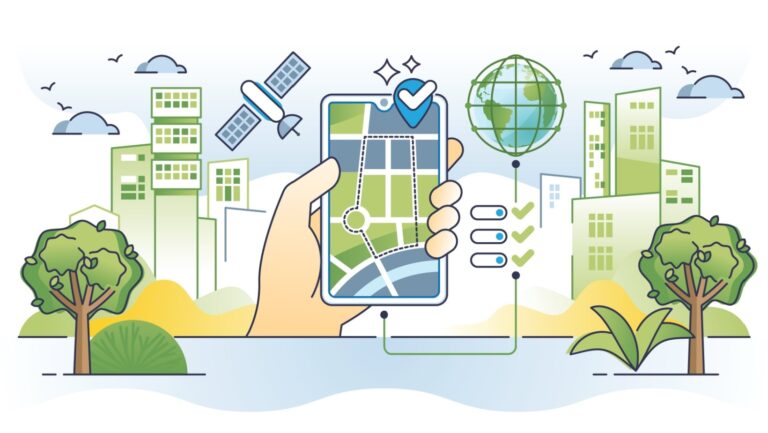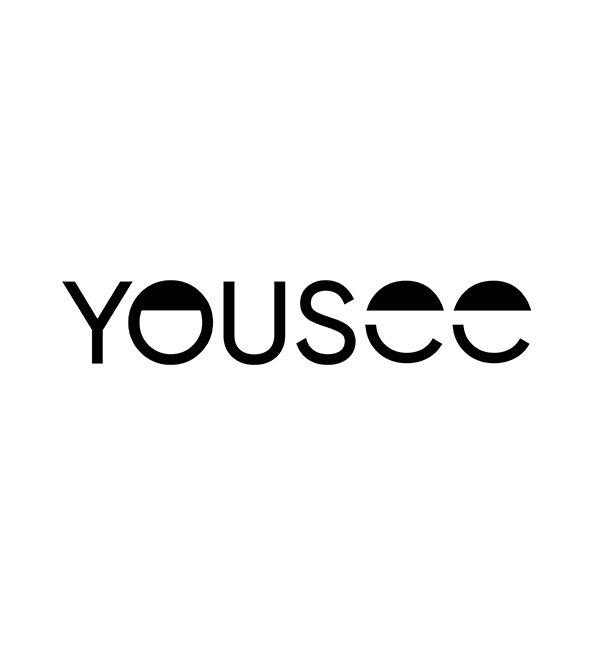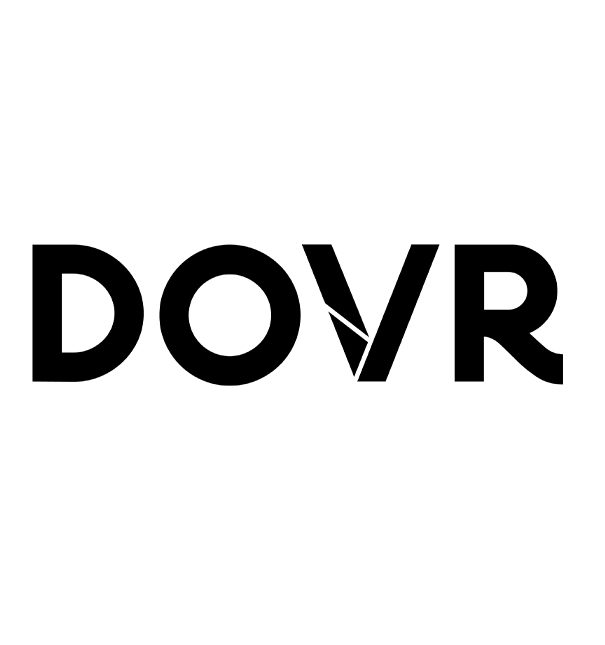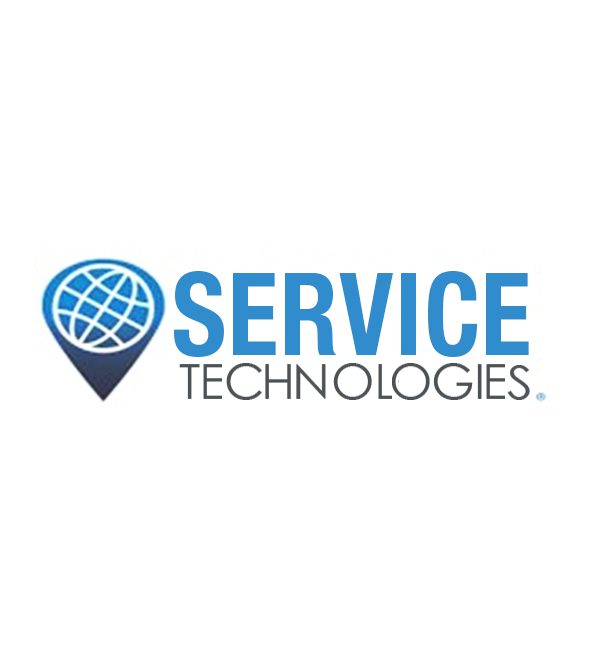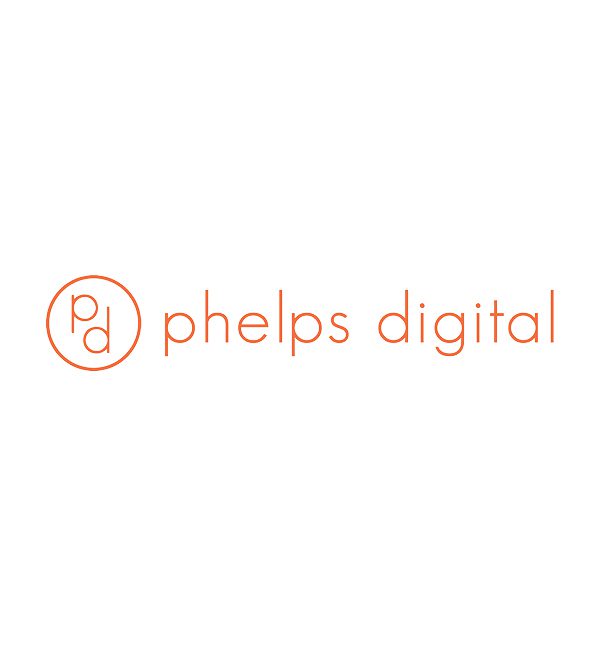When drafting any marketing strategy, defining a target audience, determining the appropriate messaging, and identifying the right communication channels. There is no longer one channel that reaches everyone, and you can no longer rely on only one message to be shared with all audiences.
Deploying a successful social media strategy requires an intimate understanding of the niche audiences you are trying to reach. But where to start?
Relationship Marketing is About People
Relationship marketing is about cultivating deeper, more meaningful relationships with customers to ensure long-term satisfaction and brand loyalty. In order to build relationships, we must connect with people where they are, providing information that’s relevant to both their interests and their behaviors.
Understanding People Gives Us Power
The way people behave online is dependent on so many different factors. Do they have kids? Are they living in their first apartment or their vacation home? Are they easily influenced by friends and family? Or do they take the time to research online?
By understanding your existing and prospective customers’ behaviors, you can improve how you market to them, thus improving your relationships with them.
The Power to Leverage Behaviors Creates Influence
Learning how your target audience responds (and doesn’t respond) to the content and messaging you provide them provides insight into how you can refine it to better leverage the actions you want them to take. Analyzing your audience isn’t just about who they are, but what they do and how they do it.
Start Analyzing Your Target Audience
Audience analysis usually starts with data. You can use a variety of insights to inform and identify your audience’s demographics. My favorite place to start is with the Pew Research Center. At least once a year, they release the State of Social Media, which provides the most up-to-date information about who uses social media in the US, what platforms are being used, and how frequently they are being used.
Another great place to look is within the insights provided by each social media network. Facebook, Instagram, Twitter, Pinterest, Snapchat, YouTube, and LinkedIn provide analytics about who makes up your followers and those who engage with the content your business posts.
In 2007, Forrester Research created what they called the Ladder of Social Technographics, and it classified consumers into seven overlapping levels of social technology participation. Over the years, they’ve updated the profile, but essentially the guiding principle has stayed the same.
Creators, Conversationalists, Critics, and collectors
At the top, you have your creators, conversationalists, critics, and collectors — your most coveted types of audience members. They create content, give feedback, leave testimonials, talk about you organically, and are generally very engaged.
Joiners, Spectators, and Inactives
At the bottom, you have your joiners, spectators, and inactives. They are online and across social media, but they are very reluctant to engage in the same way the others do. It’s not that they don’t engage — they do — they read, they like, they favorite — but they really don’t socialize with brands — at least not in the ways we usually want our fans and followers to do.
Not all inactives are created equal. Some are definitely active online — just not the way the collectors, critics, and creators are. We call them spectators because they enjoy watching others. They click through to articles — or save them for later. They read your reviews, read others’ posts, they may even like your posts, photos, or other shared media – but they don’t go any further. They’re not going to comment, retweet, or share something.
Many spectators are also joiners. They will have more than one social media profile — but it’s usually to connect with others in their circles — friends, and family. Some of these accounts may appear inactive from time to time.
Influencers: Collectors, Critics, Conversationalists & Creators
Now, let’s take a look at those higher up on the ladder — our influencers.
- Collectors use various online tools to aggregate the best content on the Internet. They vote for content on sites like Reddit and Digg. They have pinboards and use apps to save articles to read later. Collectors are similar to critics because they take inventory of the web and organize the top content. Still, they play a more passive role since they consume lots of content but do not actively interact with it.
- Critics are a staple of the social sphere as they comment on Facebook and Instagram posts and write reviews on Yelp. To some degree, they serve as editors of the social space by vetting the content pushed out by the creators with their own opinions and judgments. Their contributions keep the creators honest and help ensure the accuracy of the web.
- Conversationalists are the highly active individuals that post updates and/or update their status on social networking sites at least weekly. Members of this group express their opinion on a variety of topics but also share a lot online — including brand-related content like promotional offers and ask questions that engage their fans and followers.
- Creators are the people making social media, well… social! They make the content that other people consume through blog posts, videos, music, and images. Without them, social media wouldn’t exist because they provide the content that everybody else can share and engage with. This group is tech-savvy, creative, and highly influential.
How to Leverage Your Target Audience’s Behaviors Online
Here are a few ways to leverage the behaviors of your fans and followers to cultivate stronger, better relationships.
Identify Spectators
Spectators are usually the easiest group to identify within your target audience. Who are the people on your page who will like everything you post? Or open every email you send? Or the regulars in your store?
Are they past customers? Are they on your email list? Once and if you’re able to identify them, you can better understand their customer journey. If they’re already a customer — maybe they want to stay connected to your brand, but you haven’t given them anything to do. Many companies forget about the post-customer experience. What happens after a customer purchases a product? Do you ask them for a testimonial or review? Do you call to check up on them? Do you send them promotional codes to give their friends and family? Do you even know they’re there?
Customers who actively watch, read, and follow your company are just as valuable as those who create content. They learn from you and become better educated about your company, products, and services. Your knowledge influences them and then helps them influence others.
Leverage Your Influencers
A few years ago, a client I worked with identified their target audience as young, health-focused moms. We wanted to get our product in their hands — but organic engagement wasn’t really working. So we worked with a PR company to partner with popular mom blogs that catered to the target audience we wanted to reach. When we hosted a contest on our social networks, it was a bust. But when we partnered with Mom blogs, who not only hosted a giveaway but reviewed the products as well — it was a great success!
If contests and giveaways don’t work — try inviting influencers to add a new voice to your page. When you ask a question and hear nothing — arrange to have a well-known influencer or trusted third-party source comment on your post — to help get the conversation started. This can inject a new perspective and energy that can excite users.
When using paid social advertising — you can deliver compelling messages to your followers by targeting the people or brands they follow. This can help them get the message by leveraging their interest in the brands, celebrities, and activities that engage and influence them.
Create Surprise and Delight Moments
If you think your social media users are just shy — you can deliver personalized messages to them — by email, snail mail, or a private message. Let them know you know they’re there. Sometimes it feels nice to be appreciated.
And you can reward them for doing basic things. You can randomly pick 10 people who liked a post on Facebook, favorited a Tweet, or Pinned something from your website — and let them know you appreciate it through a private message or with a promo code.
Think of a small home furnishings boutique. A customer stops by on their lunch break, browses, and purchases a fun pillow for their apartment. When she gets home, she snaps a quick photo and posts it on Instagram, tagging the company and bragging about her fun new accessory. The boutique sees the posts, likes, and shares as a story. The customer feels seen and celebrated.
About a week later, the customer receives a hand-written thank you note in the mail with a discount code for her next purchase. Thanking the customer with a simple gesture can make a big difference. That customer tells her friends and family. Word of mouth grows.
Find Power in Engagement
Engagement is what you make of it. Every brand is different, and one brand’s audiences will act differently than another’s. But if you understand what your target audience wants and how they behave, you can create experiences that are meaningful to them.
You know your target audience better than anyone — or at least you should — if getting 100 people to like a post is a big deal — ask yourself why that matters? If you want them to comment on something — ask yourself why? What does that type of engagement mean to you as a company or brand? Then think about your customer — what does that same type of engagement mean to them?
Think about their life online. When do they want to watch a video (on the bus home, at night, or the weekend)? When are they most likely to refer a friend (when there’s an incentive provided)? What do they want to get out of being your follower? (free stuff or a relationship built on loyalty and trust?)
Social media is an experiment. Don’t be afraid to try new things, create new experiences and learn from your audience. When we better understand our audience’s motivations, we become better at communicating with them. Better communication drives better relationships, and better relationships cultivate loyal customers, and loyal customers make for better-engaged audiences.
————————————————
CLICK HERE for more digital marketing resources from HFA.
